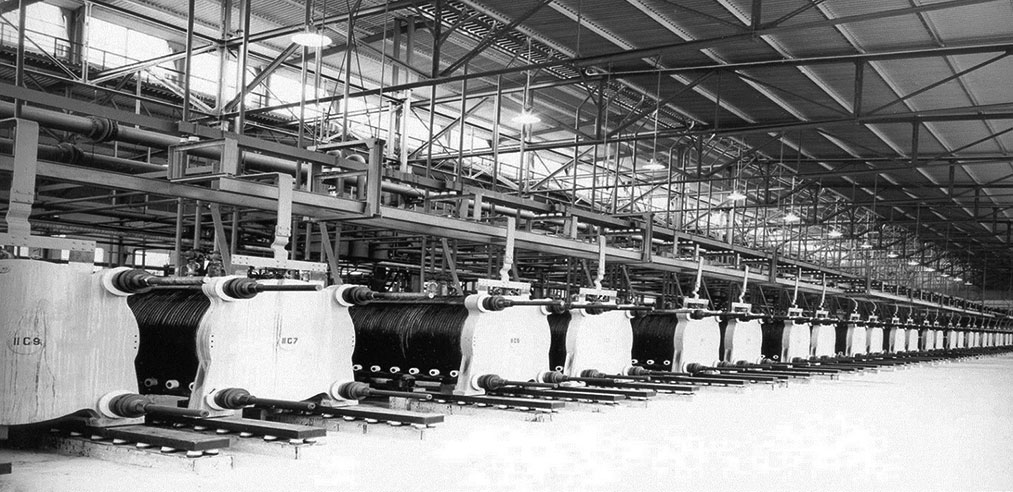
Recently, we produced a technology opinion based on hydrogen fuel cell vehicles. That article was based around locally generated hydrogen at a household or local community level. This article delves into the concept of utility-scale hydrogen generation.
South Australia is a global leader with the highest renewable energy penetration in any electricity market. This is primarily due to the amount of electricity produced by windfarms. The 100 MW of batteries from Tesla, installed adjacent to a windfarm in South Australia, was switched on in late 2017 with great success. It has proven to have excellent demand response.
South Australia is also leading the world in other areas, whereby the State government sought ideas in late 2017 to stimulate a hydrogen network for the state. NEL is a company specialising in utility-scale hydrogen water electrolysis plants and hydrogen fuelling stations, with multiple facilities around the world. Total Construction is currently aligning with NEL and other partners to work on projects such as these.
Facility Concept
The principle is to use surplus electricity from an adjacent windfarm (otherwise curtailed or not produced) to generate hydrogen via water electrolysis. The scale of the system is based on an electricity input of 50MWe to the electrolysers. Water will be from locally sourced towns water.
Produced hydrogen would be injected into a nearby natural gas pipeline. Hydrogen can be injected to around 10–15% by volume of the natural gas without adverse impact. One system in Europe is up to 20% by volume of hydrogen in their natural gas network.
Benefit of the scheme
The benefit of such a scheme is the displacement of fossil fuel (natural gas) use. Also, the use of wind energy that would not otherwise have been recovered and better asset utilisation.
Hydrogen can also generate additional revenue streams by using the produced green hydrogen to supply industrial sites and to develop a green fuel cell cars and/or buses hydrogen infrastructure network.
This creates an integrated and sustainable energy, transport and industrial system. Hydrogen is then a unique means of storage, creating synergies between industries.
Using hydrogen as a medium from a power-to-gas scheme has downstream benefits. That includes storage and re-conversion to power, allowing more flexibility than wind turbines or solar panels alone.
See Hydrogen injection in natural gas on island of Ameland in the Netherlands, weblink: http://members.igu.org/old/IGU%20Events/igrc/igrc2011/igrc-2011-proceedings-and- presentations/poster%20paper-session%201/P1-34_Mathijs%20Kippers.pdf
Other hydrogen utility scale systems
NEL is not the only company thinking this way. Recently I attended PowerGen 2017 in Las Vegas. The Leighty Foundation, based in California, intends to do just this with an existing 50kWe windfarm in Palm Springs. They indicate that 55 kWh is required per kilo of hydrogen generated.
They have far more ambitious plans than this, including a hydrogen pipeline network for fuel cell vehicles throughout California and to other states. As part of that pipeline network they have also identified salt caverns for the purpose of underground hydrogen storage. With 31 hydrogen fuelling stations in California in 2017, which are forecast to double by the end of 2019, this may not be such a far-fetched idea.
NEL are in fact set to deliver seven (7) H2 fuelling stations in California in 2018, in partnership with Shell and Toyota.
Concluding Opinion
For Australia, being blessed with wind and solar resources, we have a large natural gas piping network that could accept plenty of hydrogen. A local hydrogen transport market (buses, trucks, fuel cell vehicles) has room for growth.
Australia is a fuel (petroleum) importer, so generating our fuel locally may influence the trade deficit in the area of fuels.
Hydrogen represents another commodity and revenue stream for wind or solar farm owners, benefits the environment and Australia’s economy. My opinion is this technology deserves more attention and consideration within Australia’s energy mix.
James Bolton
General Manager – Renewable Energies
Categories
Aged Care (26)
Commercial & Industrial (3)
Current Projects (3)
Education & Childcare (1)
Engineering Construction Group (ECG) (7)
Food & Beverage (3)
News (41)
Uncategorized (1)
Recent Posts
TOTAL Aged Care Essentials (ACE)
Because dementia reduces a person’s ability to filter stimulation and attend to only those things that are important to them, a person ...
TOTAL HammondCare Miranda Official Opening Ceremony
TOTAL cuts the ribbon at the official opening of HammondCare’s new flagship aged care facility located in Miranda, Sydney’s Sutherland Shire. ...
Aged Care Leaders’ Industry Breakfast 2022
The TOTAL Aged Care Leaders Breakfast 2022 was a great success. Thank you to all those who attended and to the event ...
TOTAL supports one of their own Josh Millard in the Property Industry’s Wipeout Dementia Event 2022
More than 55 million people live with dementia worldwide, and there are around 10 million new cases every year. Dementia has ...
MEET OUR CADETS PAST & PRESENT!
Click to Watch Video Total’s Directors Steve Taylor and Bill Franks have supported and encouraged mentoring culture throughout our business. Mentorship is ...